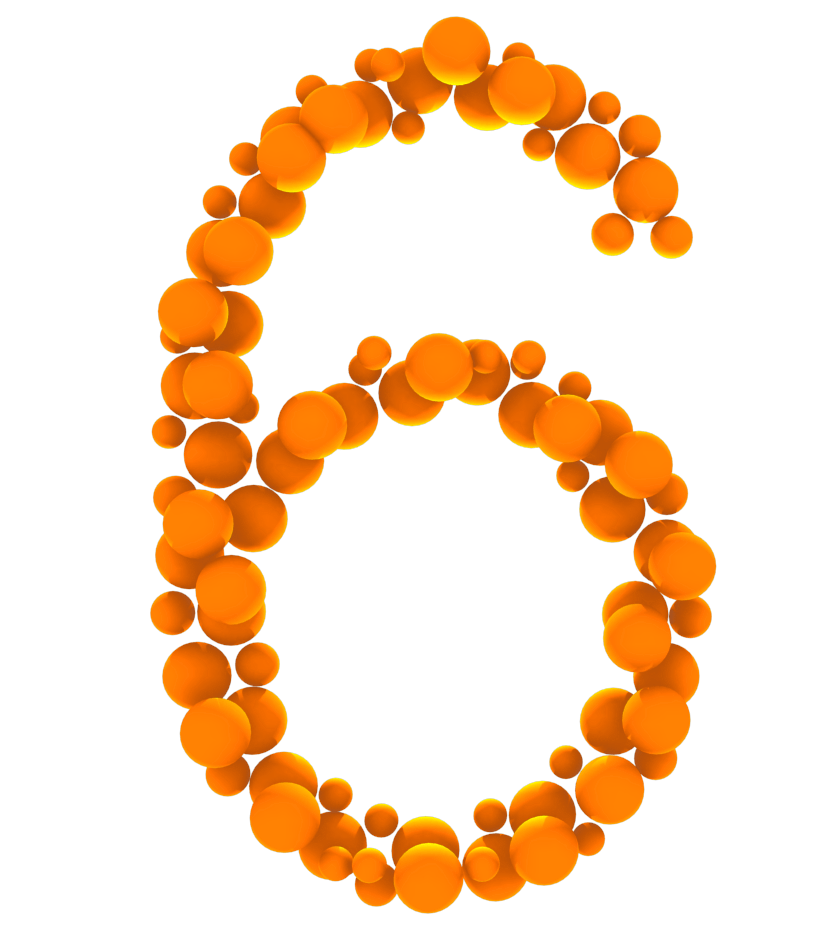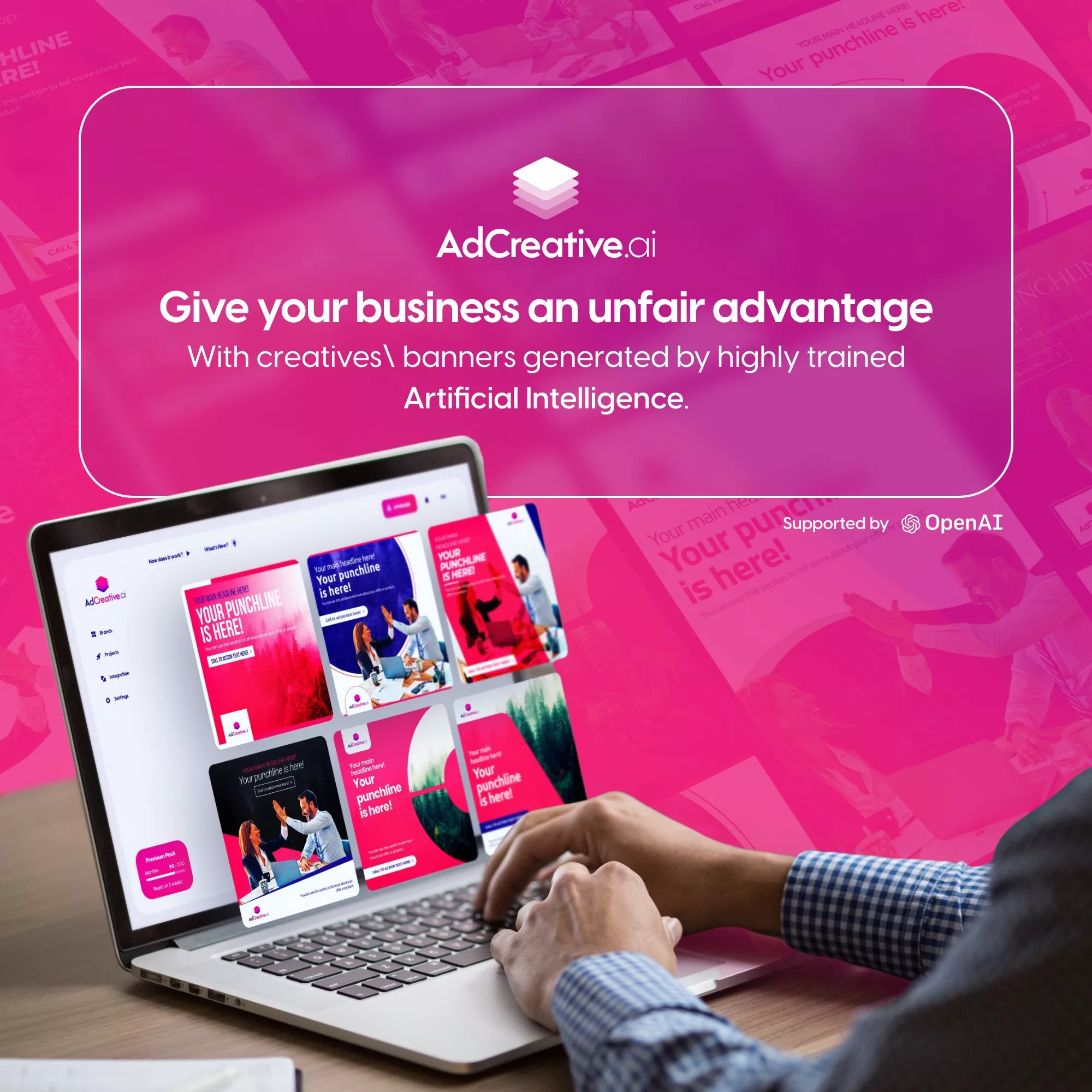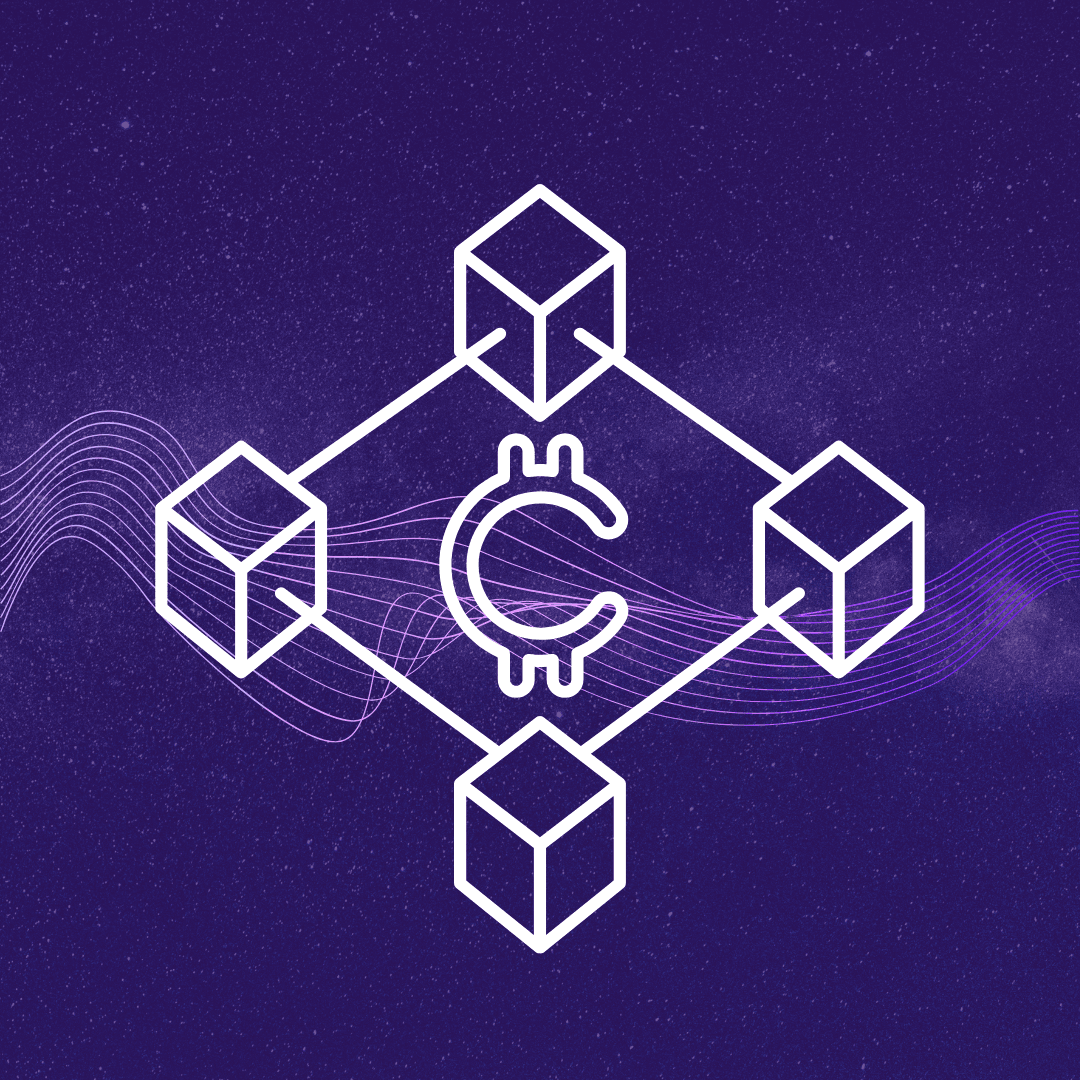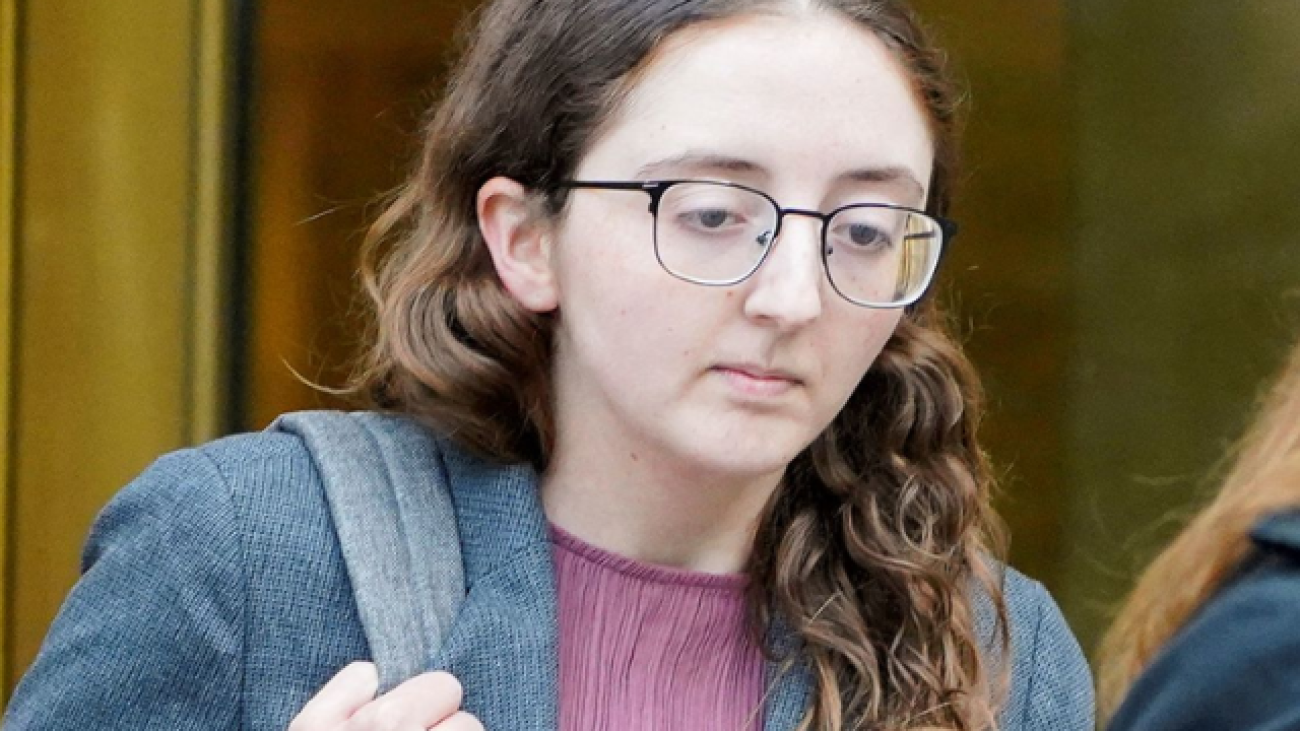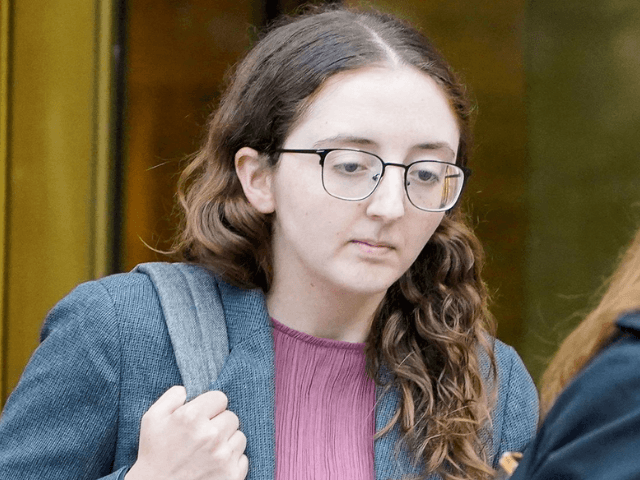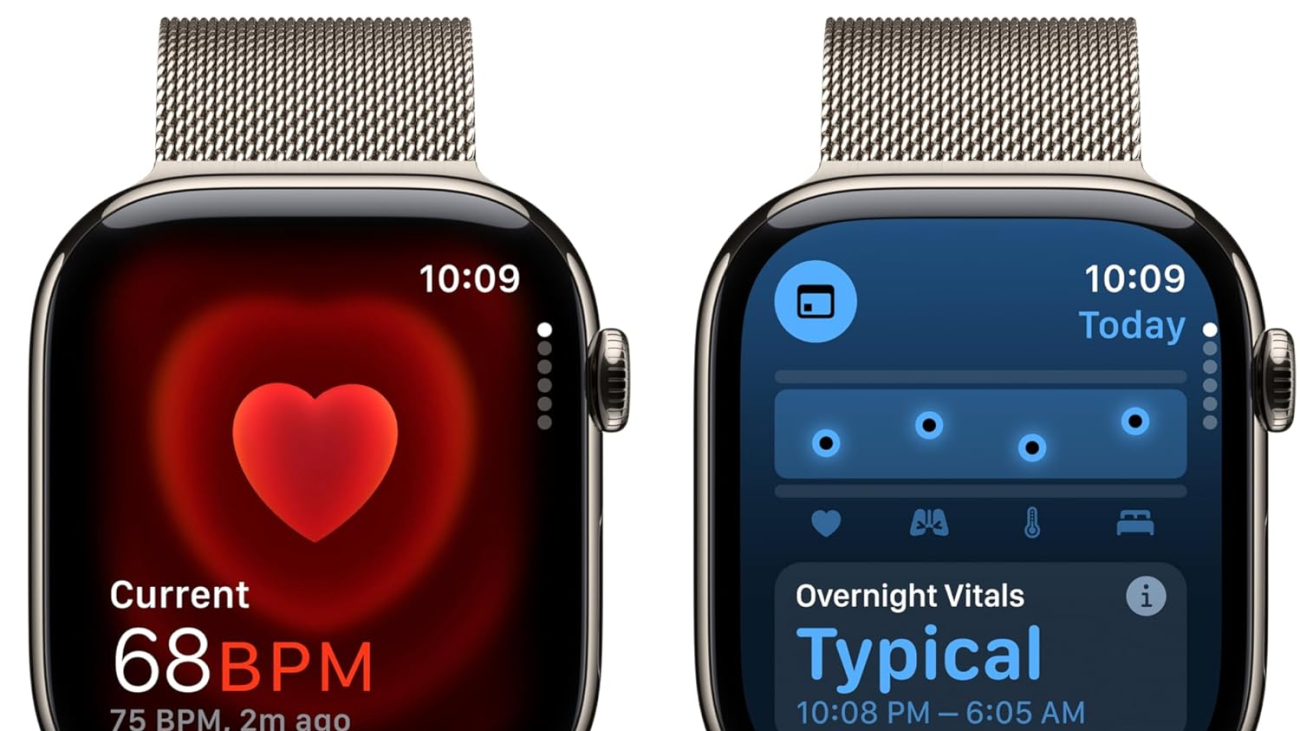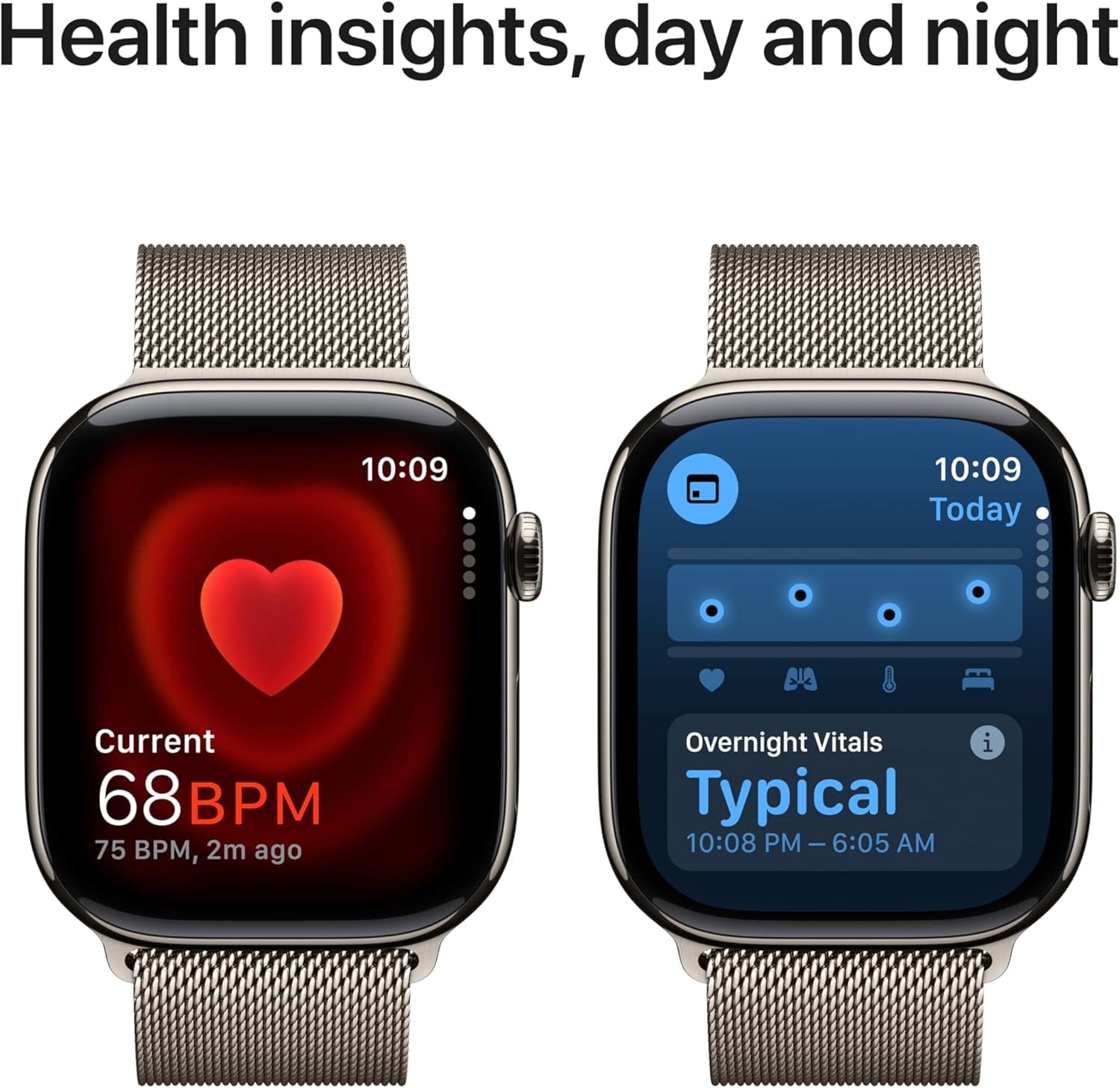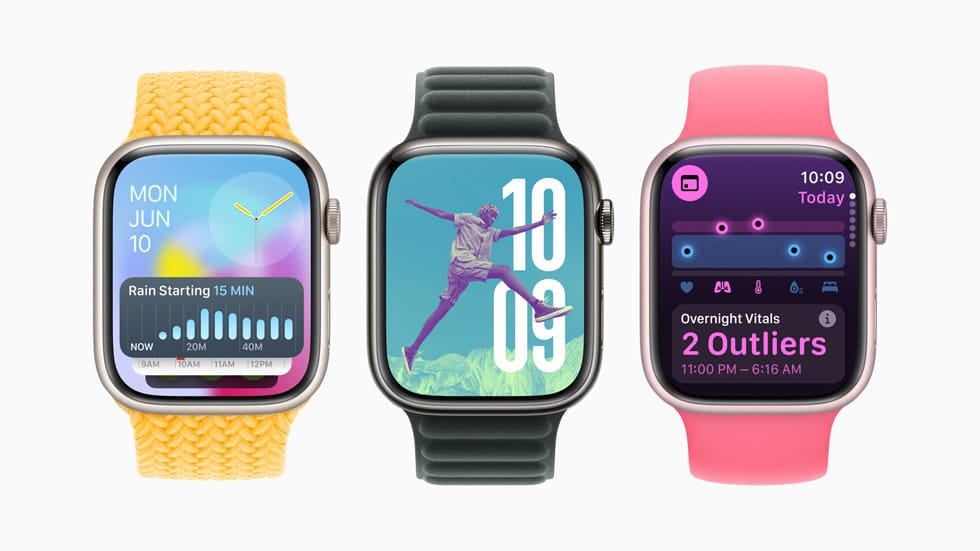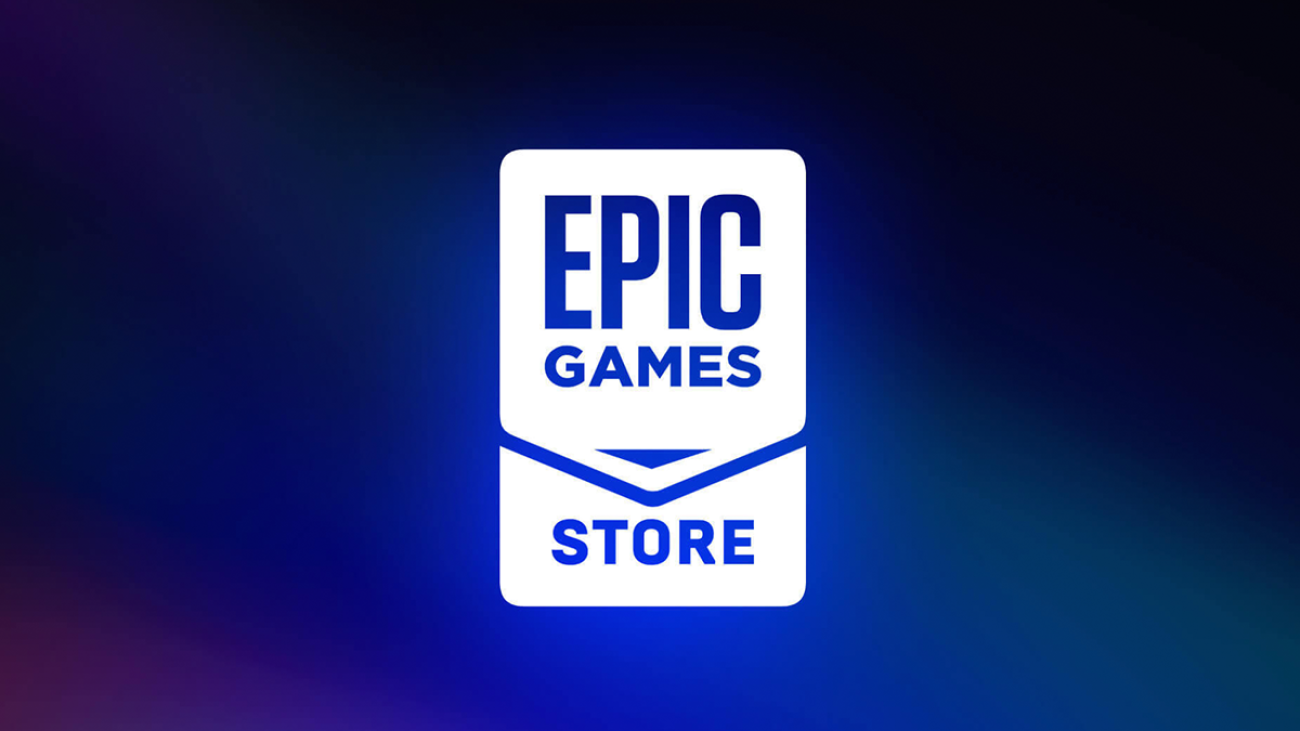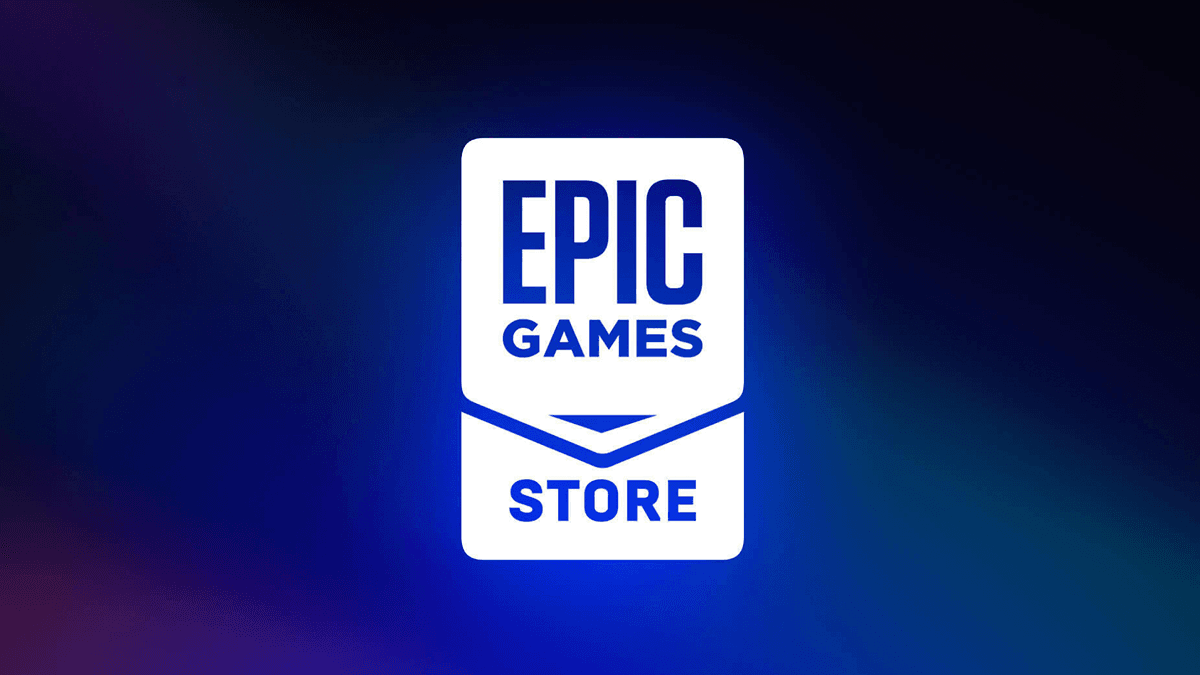
Major Australian Fertility Provider Confirms Data Breach
In a disturbing development for patients seeking fertility treatments, cybercriminals have published highly sensitive medical information allegedly stolen from Genea, one of Australia’s premier fertility service providers. The exposed data reportedly includes intimate medical histories and government identification documents, raising serious privacy concerns for individuals undergoing IVF treatment.
Ransomware Gang Claims Responsibility
The notorious Termite ransomware group has claimed responsibility for the attack, adding Genea to its dark web leak site where stolen data is published. This is the same criminal organization that recently targeted supply chain software giant Blue Yonder, establishing a pattern of high-profile attacks on healthcare and technology companies.
TechCrunch has reviewed samples of the allegedly stolen information, which appear to contain government-issued identification documents alongside detailed medical records of fertility patients. The sensitivity of this data cannot be overstated, as it contains some of the most personal information individuals may ever share with a healthcare provider.
Timeline of the Cyberattack
Court documents reviewed by TechCrunch reveal a concerning timeline of events:
- January 31, 2025: Initial breach of Genea’s Citrix environment
- February 14, 2025: Extraction of approximately 940 GB of data
- Last week: Genea publicly acknowledged the cybersecurity incident
- Wednesday: Genea CEO Tim Yeoh confirmed that “data taken from our systems has been published externally”
- Wednesday: Court injunction granted to prevent further distribution of stolen data
Scope of Compromised Information
While Genea has stated they are still determining the exact nature and extent of the published data, they have confirmed that their patient management system was compromised. This system contains extremely sensitive information, including:
- Contact details of patients
- Medicare card numbers
- Health insurance information
- Detailed medical histories
- Laboratory test results
- Medication records
The fertility provider has indicated there is currently no evidence that patients’ financial information, such as credit card details or bank account numbers, was accessed during the breach. However, the medical and personal information alone represents a significant privacy violation for affected individuals.
Impact on Patient Services
The cyberattack has disrupted Genea’s digital services. According to ABC News, the company’s MyGenea app, which patients use to track their fertility cycles and view reproductive health data, was taken offline following the incident. This represents not only a data security issue but also a potential disruption to ongoing patient care.
Response and Recovery Efforts
Genea is working on multiple fronts to address the breach:
- The company secured a court injunction Wednesday to “prevent any access, use, dissemination or publication of the impacted data by the threat actor and/or any third party who receives the stolen dataset.”
- They are actively communicating with both current and former patients about the potential exposure of their information.
- Technical teams are working to “securely restore” their systems following the attack.
Healthcare Data Security Concerns
This incident highlights the increasing vulnerability of healthcare providers to sophisticated cyberattacks. Fertility clinics, in particular, maintain extremely sensitive patient information that can cause significant distress if exposed.
Patients seeking fertility treatment share intimate details about their reproductive health, medical histories, and personal information that they reasonably expect will remain confidential. The breach at Genea represents not just a data security incident, but a profound violation of patient trust at a deeply vulnerable time in their lives.
Moving Forward
As Genea continues its investigation into exactly what information was compromised, affected patients are left wondering about the potential long-term implications of having their most private medical information exposed. The incident underscores the critical importance of robust cybersecurity measures for healthcare providers, particularly those handling sensitive reproductive health information.
